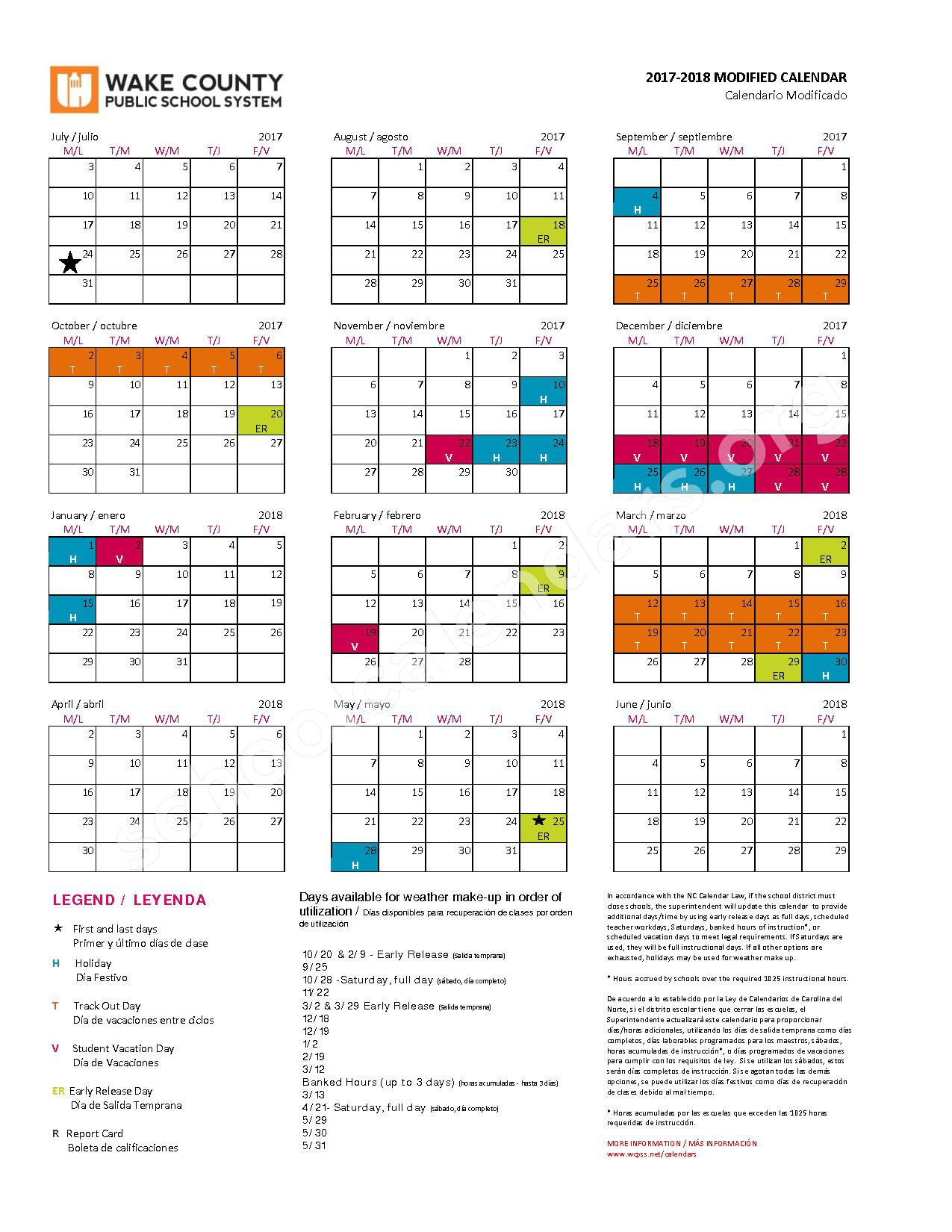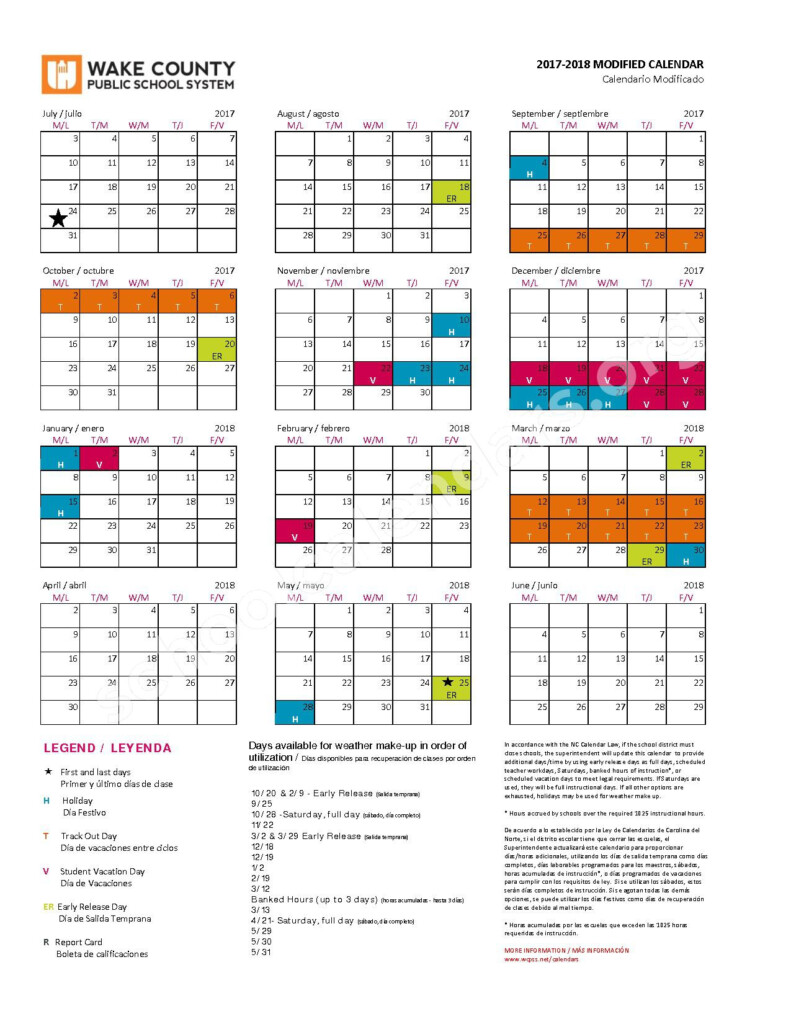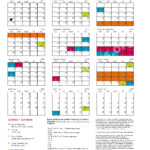Durham County Public Schools Year Round Calendar – The calendar of the school year or the academic calendar, is a timetable that outlines the start and ends of the school year, as well as important dates such as breaks, holidays, and the days of professional growth. It is a crucial device for schools to set up and organize their academic year. It assists students, teachers and parents get ready for upcoming events and deadlines.
How to Create a School Year Calendar
- Establish the start and end dates The first step to creating a calendar of the school year is to determine the starting and end dates for every academic session. This will depend on your school’s district and laws of your state.
- You should identify important dates. After you’ve established the date of the start and the end make note of important dates like breaks, holidays and in-service day. These dates can be found on the calendar of the previous calendar or on your district’s site.
- Holidays and breaks Holidays and breaks: Plan breaks like winter break, spring break, and summer vacation. Include any additional days off, for example, federal holidays or religious holidays.
- Add professional development and training days: Professional day of development are important for teacher preparation and planning for the school calendar. Make sure to add these days in the calendar.
- Adjust for unexpected conditions Important to adapt and alter the calendar in the event of unexpected situations such as bad weather and school closings or unexpected circumstances.
Types of School Year Calendars
- Traditional Calendar: This is the most popular type of school year calendar to be found within the United States, where the school year usually runs from September through August until May or June, and includes breaks for holidays and summer vacation.
- year-round calendar: This kind of calendar divides the school year over 12 months, and has shorter breaks throughout the year instead of one long summer break.
- Hybrid Calendar: This form of calendar combines aspects of both the traditional and year-round calendars. It includes longer breaks during the school year and longer summer break.
Academic Calendar as opposed to. School Calendar
- Definition and differences The academic calendar defines the calendar for the academic year, while the school calendar includes occasions and activities that extend beyond the academic calendar, such as sports games in addition to dances, as well as fundraising.
- Examples of each Examples of each include dates for start and ending or holidays, as well exam times, while a school calendar could include prom, homecoming and parent-teacher conference.
Tips for Planning a School Year Calendar
- Stakeholder input Assist teachers, staff the parents as well as students in the process of planning to ensure that the calendar is able to meet expectations of the entire school community.
- Take note of community events: Be aware of holidays and local events which may impact school attendance or schedules including fairs, events, or religious holiday.
- Review the calendar that was used in the past year. Evaluate what worked well and what did not work well in the previous calendar. Then employ that information to enhance the calendar.
- Flexibility: Build in flexibility for unexpected events for instance, weather-related shutdowns or modifications to the state testing schedule.
- Plan for contingencies: Have an emergency plan for emergencies or sudden events that may require a change for the day of the week.
Conclusion
A well-planned calendar for the school year is vital for a successful academic year. If you adhere to these guidelines and best techniques, schools can make a calendar that meets the needs of the entire school community and provides flexibleness in the event that there are unexpected situations. A carefully designed calendar will help teachers, students, and parents prepare for the coming year and help ensure a smooth in a productive school year.


